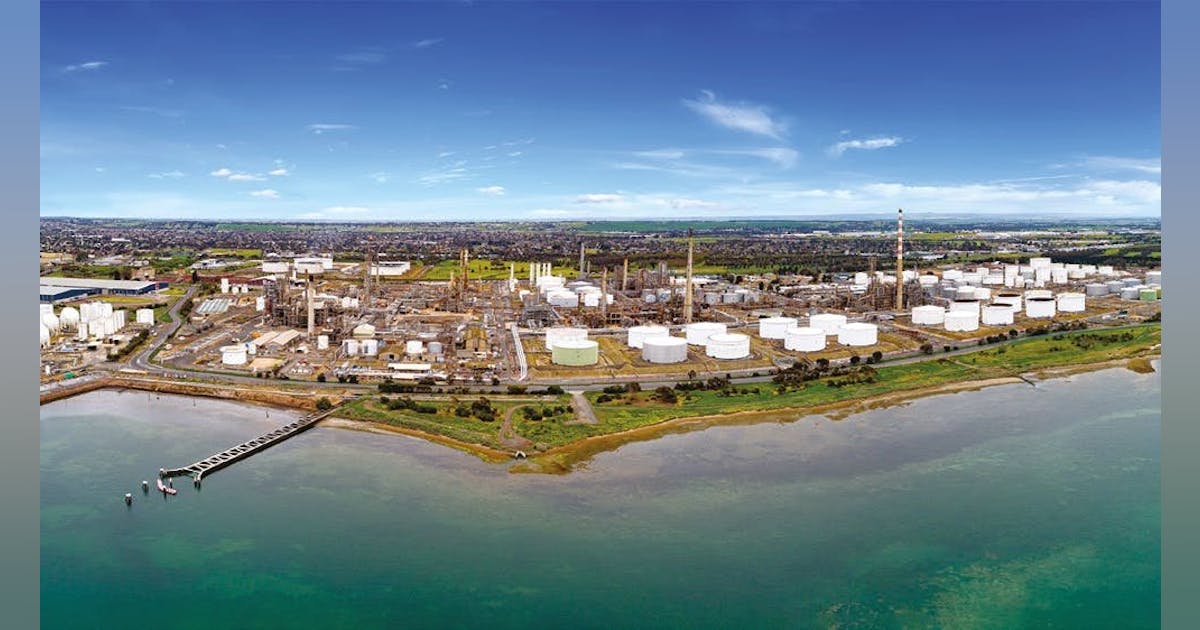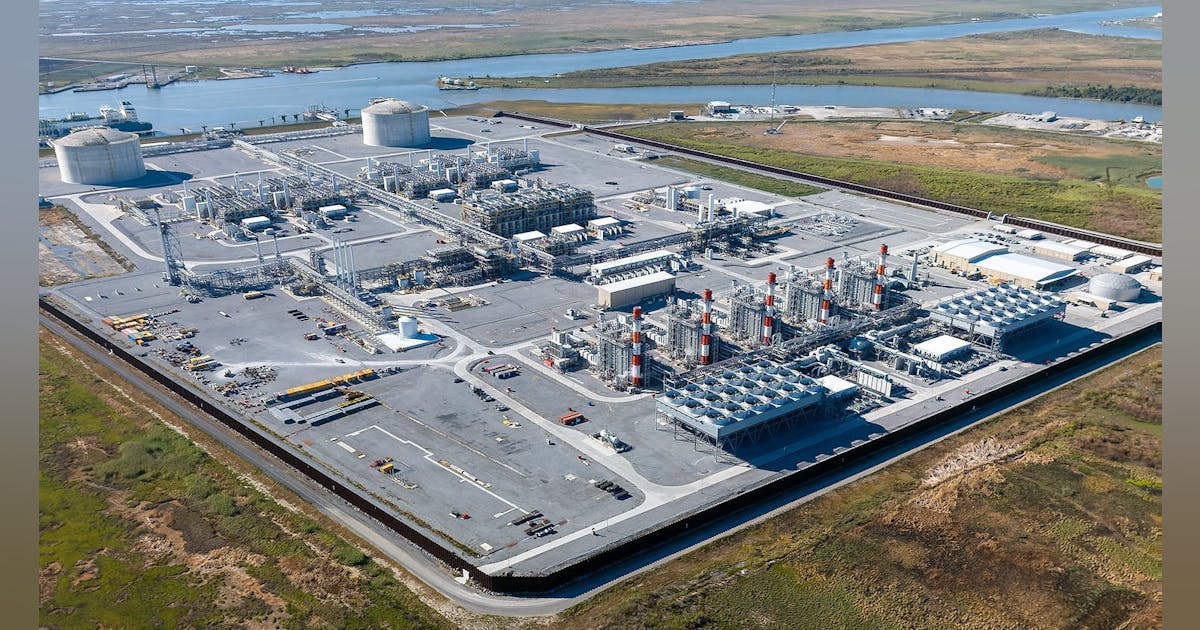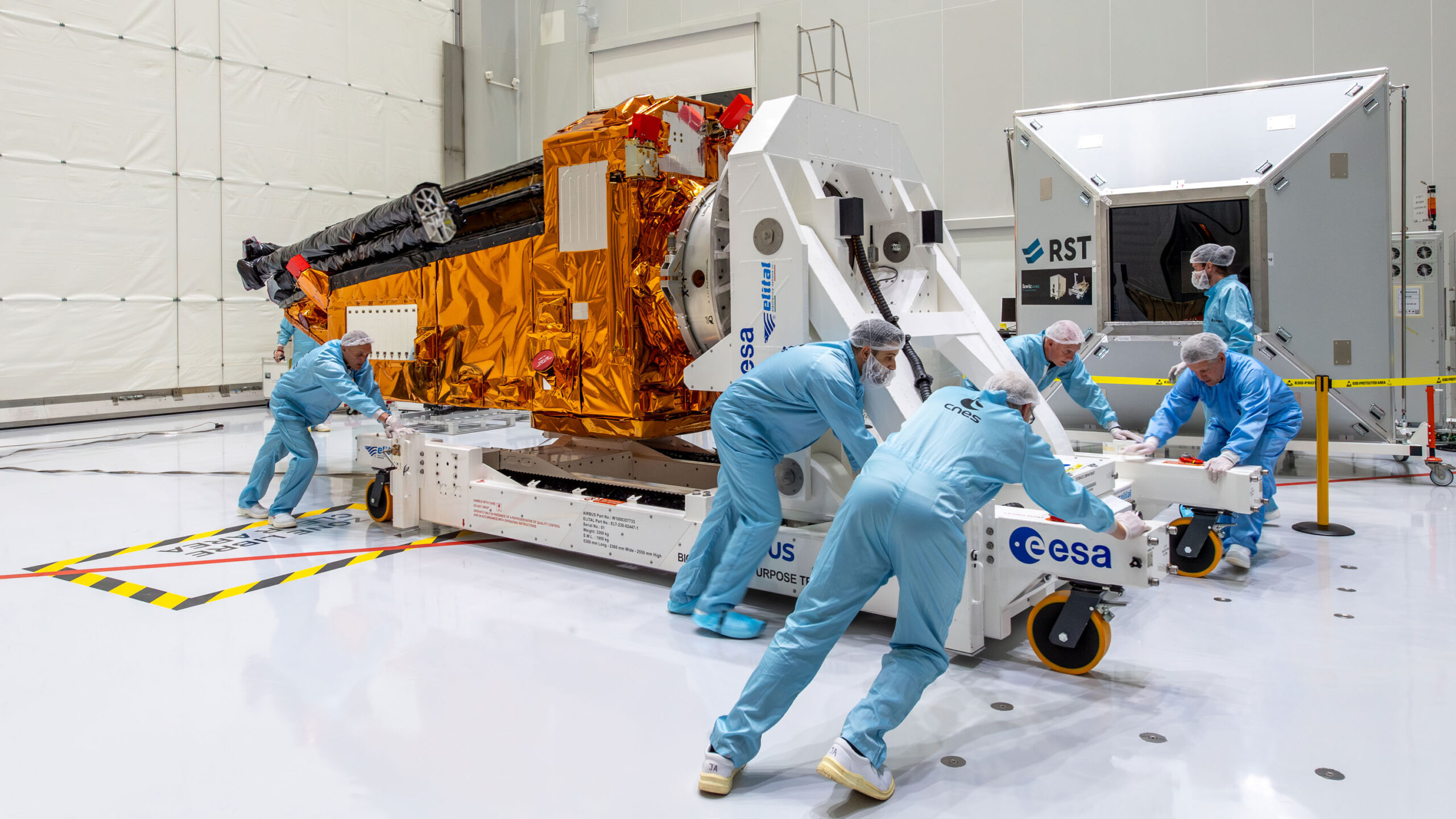
Energy and data intelligence firm TGS said it has released its latest dataset related to carbon storage in the Gulf Coast region.
The Central Gulf Coast–Haynesville CO2 Storage Assessment is the final segment of the comprehensive Mega Gulf Coast Assessment, the company said in a news release.
The assessment builds on previous releases for the East Gulf Coast and Gulf Coast assessments in 2024, culminating in a dataset covering over 16,000 key wells with core-calibrated petrophysical and stratigraphic interpretation across more than 166,370 square miles in the Gulf Coast region, TGS said.
The latest assessments integrate petrophysical and stratigraphic analysis from 2,326 wells and utilizes over 150 core analysis reports to refine geological interpretations. The stratigraphic framework includes 35 stratigraphic tops, from the Anahuac Formation down to the Triassic stratigraphy, according to the release.
Insights from the dataset provide a detailed understanding of storage capacity, reservoir quality, and sealing integrity, which are critical for the development of carbon capture and storage (CCS) projects in the Gulf Coast region, the company said.
Will Ashby, Executive Vice President of New Energy Solutions at TGS, said, “This assessment underscores our commitment to delivering high-quality geological insights that help our customers make data-driven decisions. By leveraging our extensive well data library and expertise in petrophysical and stratigraphic analysis, we provide a comprehensive view of subsurface storage potential tailored to the needs of CCS stakeholders operating in the Gulf Coast region”.
Last week, TGS also announced the start of a new multi-client ultra-long offset ocean bottom node (OBN) data acquisition campaign in the Gulf of America.
The Amendment 4 project will expand node coverage in the company’s multi-client library, adding over 1,100 square kilometers in the Mississippi Canyon, Ewing Banks, and Grand Isle South areas, it said in a separate statement.
TGS said Amendment 4 will feature TGS’ Gemini enhanced frequency source, offering lower frequency and improved signal-to-noise for ultra-long offset OBN seismic compared to conventional seismic sources.
The advanced frequency source will enhance input data for TGS’ elastic full waveform inversion algorithm, resulting in more accurate subsurface imaging of the complex subsalt geology in the region, according to the release.
The acquisition phase of this program is scheduled for completion in the second quarter, with final deliverables available in the second quarter of 2026, the company said.
TGS CEO Kristian Johansen said, “This ongoing acquisition campaign underscores the critical role of OBN acquisition in providing our clients with superior seismic data. We are pleased to continue our efforts in the Gulf of America and look forward to supporting our clients’ needs with our advanced data acquisition and imaging solutions”.
TGS describes itself as a company that provides advanced data and intelligence to companies active in the energy sector, with products and advanced data technologies, coupled with a global, extensive and diverse energy data library spanning the entire energy value chain. The company targets enabling oil and gas operators to make more informed decisions and mitigate drilling risks.
To contact the author, email [email protected]
WHAT DO YOU THINK?
Generated by readers, the comments included herein do not reflect the views and opinions of Rigzone. All comments are subject to editorial review. Off-topic, inappropriate or insulting comments will be removed.
MORE FROM THIS AUTHOR























